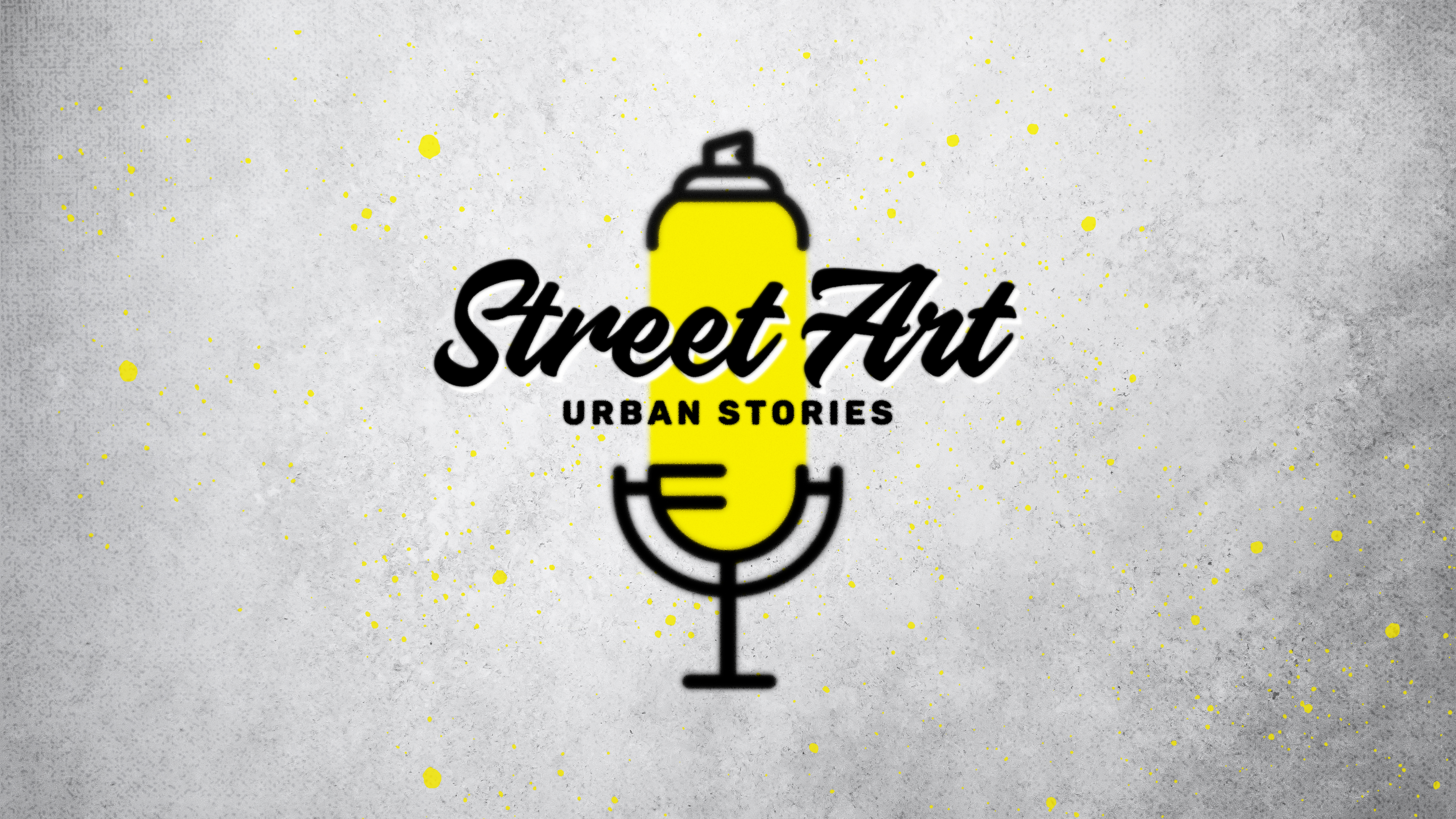
Street Art is now one of the most visible and widespread art forms in the world. From the walls of suburban neighborhoods to galleries, from regenerated districts to social media timelines, urban art has evolved, adapted, and become an integral part of contemporary visual culture.
In the new episode of Street Art: Urban Stories, we explore the relationship between street art, communication, and dissemination, thanks to the insights of Christian Omodeo, art historian and founder of the Paris-based bookstore Le Grand Jeu, and Anna Fornaciari and Anastasia Fontanesi, founders of Travel On Art and experts in cultural tourism linked to urban art.
Street Art in the Age of Social Media
The rise of social networks has marked a turning point in the way we experience Street Art. Works that once lived in the quiet of the city now become viral content—photographed, shared, geolocated, reinterpreted.
Instagram, in particular, has played a crucial role in turning walls into photographic destinations and in making visible what was once ephemeral and local.
As Omodeo explains, this has changed the very conception of urban artwork: artists are no longer speaking only to the community inhabiting that space but also to a global audience—always connected and curious.
This digital visibility has also fostered a new collective awareness: more and more people are learning to recognize and value street art as a cultural form, sparking debates, reflections, and curiosity.
Independent Publishing as a Space for Storytelling
Alongside its online diffusion, the world of publishing has also rediscovered street art. Photo books, essays, fanzines, and independent publications narrate the urban movement with a critical and thoughtful perspective.
Christian Omodeo, through Le Grand Jeu, is one of the leading promoters of this alternative publishing scene—one that documents the street universe in all its nuances: from visual activism to site-specific projects, from underground graphics to local stories.
In this context, publishing becomes a tool of memory: it collects artworks destined to disappear, reflects on their legacy, and offers readers a deeper and more lasting perspective compared to the fleeting consumption on social media.
Traveling with Urban Art: The Travel On Art Experience
In recent years, street art has given rise to a new form of cultural tourism: one based on urban art itineraries.
Neighborhoods transformed by festivals, iconic walls turned into attractions, guided routes through hidden or monumental works: this is the vision of Travel On Art, a project founded by Anna Fornaciari and Anastasia Fontanesi, which merges the love of travel with a passion for urban creativity.
In the podcast, the two founders explain how urban art becomes a way to discover and connect with a place. It’s not about “mural hunting” for its own sake, but about engaging with the stories of neighborhoods, the communities who live there, and the artists who bring those places to life.
An Art That’s Connected, Accessible, and Always Moving
Today, more than ever, street art moves on multiple levels: real and digital, local and global, spontaneous and documented.
Social media amplify its message, publishing preserves its memory, and travel transforms it into an experience.
This episode reminds us how important it is to look at urban art through a wide and multidisciplinary lens—not just as an artistic gesture, but as a complex cultural phenomenon, capable of speaking to everyone and crossing geographic, linguistic, and generational boundaries.
Listen to the full episode of “Street Art: Urban Stories” with Christian Omodeo and Travel On Art, available on all major platforms.
An invitation to explore Street Art with fresh eyes—across screens, pages, and journeys.




 Register
Register
